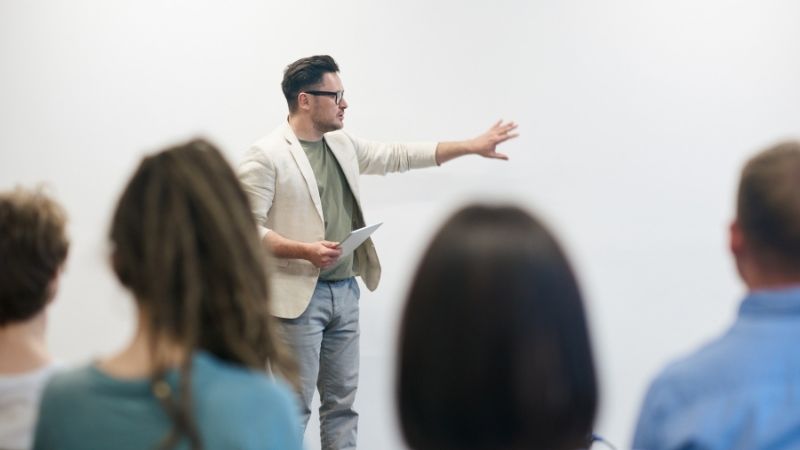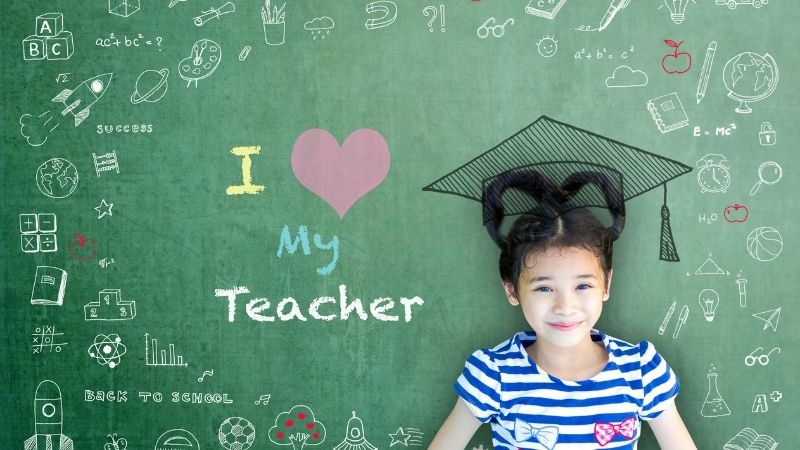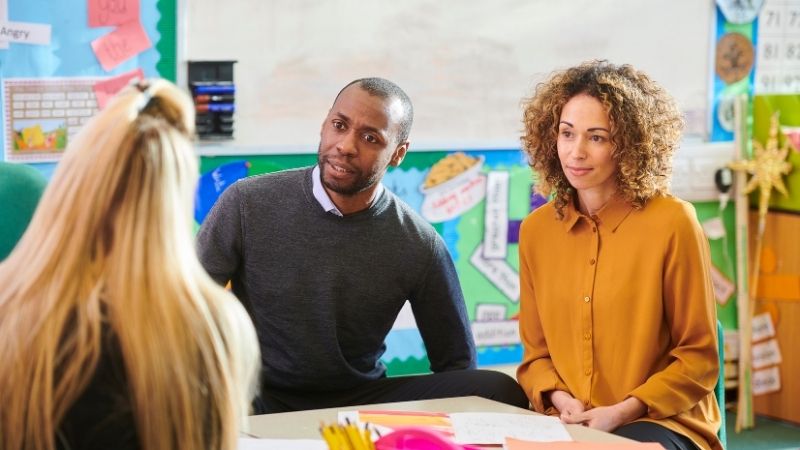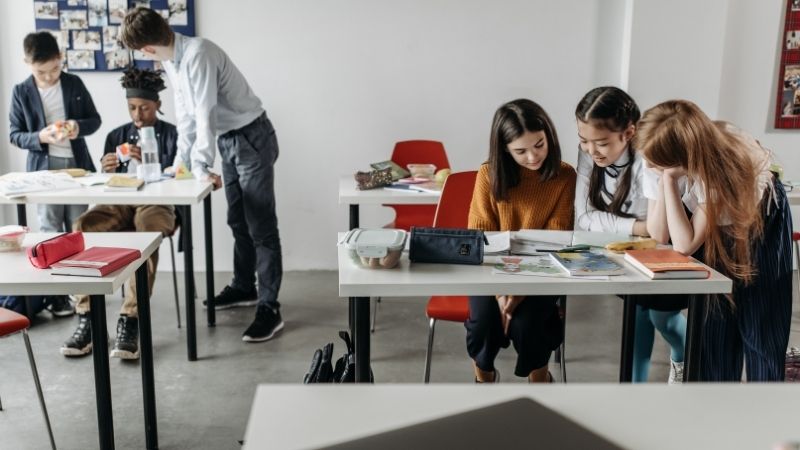
In the realm of disability awareness, there exists a pressing need for progress from mere understanding to active acceptance.
This article delves into the transformative power of successful campaigns that have propelled disability awareness forward.
It explores how education on inclusivity is an essential tool in dismantling societal barriers and challenging prevailing stereotypes.
By fostering empathy and understanding, individuals can be empowered to create a more inclusive society that embraces the unique strengths and experiences of people with disabilities.
Key Takeaways
- Successful disability awareness campaigns play a crucial role in promoting understanding and acceptance of individuals with disabilities.
- Inclusive education is necessary for breaking down barriers, ensuring equal opportunities, and creating a more inclusive society.
- Breaking down barriers requires addressing systemic issues, promoting inclusive employment opportunities, and challenging misconceptions and stereotypes surrounding disability.
- Equal opportunities for all can be achieved through inclusive employment practices, accessible transportation, shifting mindset towards inclusivity, and addressing systemic issues that hinder access and participation.
Successful Disability Awareness Campaigns
Successful disability awareness campaigns have played a crucial role in promoting understanding and acceptance of individuals with disabilities. These campaigns have employed innovative approaches and engaging storytelling to effectively communicate the experiences and challenges faced by people with disabilities.
Through powerful narratives, these campaigns aim to break down barriers and dismantle stereotypes, fostering empathy and inclusivity among the audience. By highlighting the achievements and capabilities of individuals with disabilities, these initiatives challenge societal perceptions and promote the idea that disability is not a limitation but an opportunity for growth.
However, while raising awareness is important, it is equally essential to translate this awareness into action through inclusive education. Inclusive education ensures that every individual, regardless of their abilities or disabilities, has equal access to quality education, enabling them to reach their full potential in a supportive and inclusive environment.

The Importance of Inclusive Education
Inclusive education has been proven to provide numerous benefits for all students, regardless of their abilities or disabilities. By breaking down barriers that separate students based on their differences, inclusive education fosters an environment where all individuals can learn and thrive together.
This approach ensures equal opportunities for all students, promoting a sense of belonging and creating a more inclusive society.
Benefits of Inclusive Education
The implementation of inclusive education programs has been found to lead to positive outcomes for both students with disabilities and their typically developing peers. Benefits of inclusive education include:
Increased empathy and understanding: Inclusive classrooms provide opportunities for students to interact with individuals who have different abilities, fostering a greater understanding and acceptance of diversity.
Enhanced academic achievement: Research shows that students with disabilities in inclusive settings perform better academically compared to those in segregated environments.
Promoting acceptance through art and culture: By incorporating art and cultural activities into the curriculum, inclusive education programs create spaces where all students can express themselves creatively, promoting acceptance and celebrating diversity.
Breaking Down Barriers
Breaking down barriers requires a comprehensive approach that addresses systemic issues and promotes equal access to education for all students. To achieve this, it is crucial to ensure that technology used in educational settings is accessible to all, regardless of disability. Accessible technology can empower individuals with disabilities by providing them with tools to navigate the digital world and participate fully in academic activities.

Additionally, promoting inclusive employment opportunities for individuals with disabilities can play a significant role in breaking down barriers. By creating an inclusive work environment where people with disabilities are valued and provided with equal opportunities, society can challenge misconceptions and stereotypes surrounding disability. These efforts not only promote inclusivity but also create a more diverse and understanding society.
Transition: In order to truly provide equal opportunities for all, it is essential to address the broader issues related to disability awareness and acceptance.
Equal Opportunities for All
To ensure equal opportunities for all, it is imperative to address the systemic issues that hinder access and participation. Inclusive employment practices play a vital role in creating equal opportunities by providing job opportunities regardless of disability. This not only empowers individuals with disabilities but also enriches workplaces with diverse perspectives and talents.
Accessible transportation is another crucial aspect that enables individuals with disabilities to fully participate in society. By ensuring accessible public transportation, we can remove barriers and enable independence, freedom of movement, and social engagement for everyone.
Achieving equal opportunities requires a shift in mindset towards inclusivity, where society recognizes the value of diversity and actively works towards removing obstacles that limit participation. Together, we can build a world where every individual has an equal chance to thrive and contribute their unique abilities.
Inclusive employment: Breaking down barriers to job opportunities.
Accessible transportation: Enabling mobility and independence.

Shifting mindset: Embracing diversity for a more inclusive society.
Challenging stereotypes surrounding disability and promoting acceptance requires a multifaceted approach that encompasses education, media representation, and inclusive policies.
By challenging misconceptions and promoting diversity, we can create a society that embraces the uniqueness and capabilities of individuals with disabilities. Education plays a crucial role in fostering understanding by providing accurate information about disabilities, debunking myths, and emphasizing the importance of inclusion.
Media representation is equally important as it shapes public perception and influences attitudes towards disability. Portraying individuals with disabilities in diverse roles and showcasing their achievements helps challenge preconceived notions.
Inclusive policies are essential for creating an environment where individuals with disabilities have equal opportunities to thrive. By breaking down barriers through accessible infrastructure, employment opportunities, healthcare services, and social support systems, we can ensure inclusivity for all members of society.
Transition: Breaking down barriers is not only about physical accessibility but also about addressing societal attitudes towards disability.
Breaking Down Barriers: Accessibility for All
Designing inclusive infrastructure and implementing digital accessibility guidelines are crucial steps towards creating a more inclusive society for all individuals. In order to ensure equal access and participation, it is essential to design physical spaces that are accessible and accommodating to people with disabilities. This includes providing ramps, elevators, and wide doorways to accommodate wheelchair users, as well as accessible parking spaces and signage for people with visual impairments.

Additionally, adopting digital accessibility guidelines can help eliminate barriers faced by individuals with disabilities in the digital realm. This includes providing alternative text for images, closed captions for videos, and keyboard navigation options for those who cannot use a mouse. By making websites and digital platforms accessible to all, we can ensure that individuals with disabilities can fully participate in online activities, access information, and engage with others.
Breaking societal stigmas is another crucial aspect of creating an inclusive society. By challenging stereotypes and promoting acceptance, we can create an environment where everyone feels valued and included, regardless of their abilities. This includes educating the public about different disabilities, promoting positive portrayals in media, and advocating for equal opportunities and rights for individuals with disabilities.
Designing Inclusive Infrastructure
Implementing accessibility features in infrastructure can play a crucial role in creating inclusive environments for individuals with disabilities. Universal design principles should be applied to ensure that everyone, regardless of their abilities, can navigate and utilize public spaces without barriers.
Accessible transportation is a key aspect of inclusive infrastructure, allowing individuals with disabilities to travel independently and participate fully in society. This includes features such as ramps or elevators in train stations and buses equipped with wheelchair lifts.
In addition to promoting physical accessibility, it is essential to consider sensory and cognitive needs by incorporating clear signage, tactile indicators, and audio announcements.
Digital Accessibility Guidelines
Digital accessibility guidelines are important for ensuring that individuals with disabilities can access and use digital platforms without barriers. In today's increasingly digital world, it is crucial to address the challenges faced by people with disabilities in accessing technology. Implementing inclusive technology requires adherence to digital accessibility guidelines that provide a framework for designing and developing accessible websites, applications, and other digital content. These guidelines help ensure that individuals with visual impairments, hearing impairments, mobility limitations, and cognitive disabilities can navigate and interact with digital platforms effectively.
Despite the availability of these guidelines, many organizations still struggle to fully implement them due to various reasons such as lack of awareness or resources. However, it is essential to recognize the importance of overcoming these challenges as they directly impact the freedom of individuals with disabilities to participate fully in society. By embracing inclusive design practices and following digital accessibility guidelines, we can create a more equitable and inclusive online environment where everyone has equal opportunities for engagement.

Transitioning into the subsequent section on breaking societal stigmas involves recognizing that promoting digital accessibility alone is not enough. We must also work towards eradicating stereotypes and misconceptions surrounding disability while fostering acceptance and understanding among all members of society.
Breaking Societal Stigmas
Transitioning from the previous subtopic on Digital Accessibility Guidelines, we now turn our focus to breaking societal stigmas surrounding disability. In order to empower individuals with disabilities and create a more inclusive society, it is crucial to change perspectives and challenge existing stereotypes.
This shift in mindset can be achieved through various means such as education, awareness campaigns, and personal experiences.
Education: By providing comprehensive education about disability rights, accommodations, and inclusivity, we can foster understanding and empathy among individuals.
Awareness Campaigns: Successful campaigns that highlight the achievements and capabilities of people with disabilities not only challenge negative stereotypes but also inspire others.
Personal Experiences: Encouraging interactions between individuals with disabilities and those without can help break down barriers and promote acceptance.
Empowering Individuals With Disabilities
Empowering individuals with disabilities requires a comprehensive approach that includes education, awareness campaigns, and fostering an inclusive environment.

One important aspect of empowerment is empowering employment opportunities for individuals with disabilities. By promoting inclusive hiring practices and providing reasonable accommodations in the workplace, individuals with disabilities can achieve economic independence and contribute to society on an equal footing.
Additionally, empowering individuals with disabilities means promoting their independence in all aspects of life. This can be achieved through accessibility measures such as ramps, elevators, and accessible technology, which enable individuals with disabilities to navigate their surroundings and engage in everyday activities without barriers.
Empowerment also involves creating a supportive environment that encourages self-advocacy and ensures equal opportunities for participation in social, recreational, and cultural activities.
Ultimately, empowering individuals with disabilities fosters freedom by enabling them to live fulfilling lives on their own terms.
Building Empathy and Understanding
By cultivating empathy and fostering a deeper understanding of the experiences faced by individuals with disabilities, society can work towards creating a more inclusive and accessible environment for all.
Empathy: Developing empathy allows us to connect emotionally with the challenges faced by individuals with disabilities, leading to greater compassion and support.
Awareness: Education about disability inclusivity is crucial in dismantling stereotypes and misconceptions, promoting acceptance and respect for diverse abilities.

Perspective: Gaining an understanding of the daily obstacles encountered by people with disabilities helps break down barriers, enabling us to create environments that accommodate everyone's needs.
Promoting empathy and cultivating understanding are essential steps towards building a society that values diversity and inclusion. By recognizing the unique experiences of individuals with disabilities, we can foster an environment where everyone has equal opportunities to thrive and contribute. This requires embracing differences and actively working towards creating a more inclusive society.
Creating a More Inclusive Society
Developing policies and implementing initiatives focused on accessibility and equal opportunities is crucial for building a more inclusive society.
Inclusion in the workplace is an essential aspect of creating a society that values diversity, as it promotes equal participation and provides individuals with disabilities the opportunity to contribute their skills and talents.
Additionally, promoting accessible transportation plays a significant role in ensuring that people with disabilities can fully engage in all aspects of life, including education, employment, and social activities.
By removing barriers to transportation, such as inaccessible public transport or lack of appropriate infrastructure, individuals with disabilities are empowered to live independently and participate actively in their communities.
It is imperative that we continue to advocate for policies that prioritize accessibility and equal opportunities in order to create a society where everyone has the freedom to thrive.

Frequently Asked Questions
How Can Individuals Get Involved in Successful Disability Awareness Campaigns?
Creating meaningful engagement in successful disability awareness campaigns involves empowering individuals to take action. By providing education about inclusivity, promoting acceptance, and fostering understanding, individuals can contribute to creating a more inclusive society for people with disabilities.
What Are Some Examples of Successful Disability Awareness Campaigns?
Successful disability awareness campaigns have utilized impactful strategies such as social media campaigns, public service announcements, and inclusive events. Notable advocates for disability awareness and inclusion include figures like Stevie Wonder and Malala Yousafzai.
How Can Inclusive Education Benefit Both Students With Disabilities and Their Peers?
Inclusive education benefits students with disabilities by fostering empathy and promoting social integration among their peers. By providing an environment that embraces diversity, inclusive education facilitates the development of understanding, acceptance, and inclusivity for all students.
What Are Some Common Stereotypes About Disabilities and How Can They Be Challenged?
Challenging stereotypes is crucial in promoting inclusivity. Common stereotypes about disabilities perpetuate misconceptions and hinder acceptance. By educating society about the diverse abilities of individuals with disabilities, we can foster understanding and create a more inclusive and accepting environment.
Creating inclusive environments for individuals with disabilities involves encouraging policy changes that prioritize accessibility. This can be achieved through implementing universal design principles, providing reasonable accommodations, and promoting awareness campaigns to foster understanding and acceptance of diverse abilities.
 Careers in EducationElementary EducationHigh School EducationEducational TechnologyTeaching StrategiesSpecial EducationPrivacy PolicyTerms And Conditions
Careers in EducationElementary EducationHigh School EducationEducational TechnologyTeaching StrategiesSpecial EducationPrivacy PolicyTerms And Conditions
